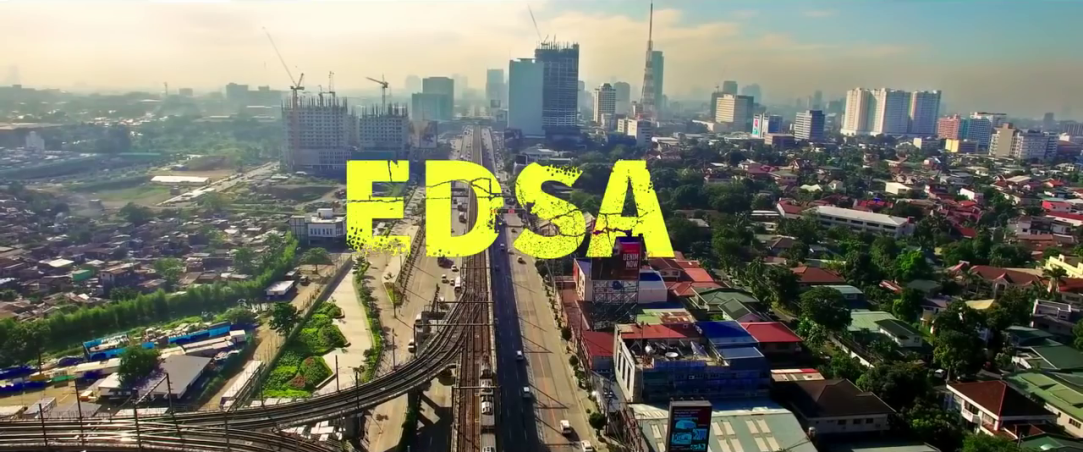The MMDA earlier placed concrete barriers at the left side of the whole stretch of EDSA to separate buses from private vehicles during the general community quarantine period.
For the past two weeks, we've been seeing videos of buses having a bit of a scuffle with EDSA's concrete barriers. At the time of writing, there have been three incidents involving buses and barriers. This has sparked quite a fair bit of debate online and it mainly revolves around two topics. Is the concrete barrier solution too extreme or are the bus drivers are the only ones to blame?
The Department of Transport (DOTr) stands by the concrete barriers. After all, they just ordered 36,000 of these recently. DOTr secretary Arthur Tugade even ordered the speedier installation and implementation of these barriers. The agency says the purpose of these barriers is for the safety and security of the commuters.
Nebrija acknowledged that several motorists are complaining about the newly-installed barriers but noted that using barriers as lane separators is being practiced universally and not just in the country.
He added that hazard markers are also in place so that the barriers can be noticed by motorists.
Among the reasons for the accidents are drunk-driving, motorists using cellphones while driving, overspeeding, and weather conditions, according to Nebrija.
The MMDA official earlier said more hazard markers will be placed on top of the concrete barriers so that such can be more easily noticed by motorists, even at night.
There is a valid argument for the concrete barriers. For one, it keeps all those buses in just one area and it prevents the drivers from darting out of that lane to pick up or drop off passengers outside of the terminals. Besides, it won't be easy pushing those concrete slabs out of the way. This also forces the bus operator not to make unnecessary stops that would impede private vehicle traffic. In theory, having those barriers made out of concrete would keep the speeds down. Besides, who would want to hit one of those at speed?
While the MMDA would not comment on whether the concrete barriers followed international road safety standards, Pialago was firm that plastic barriers could not be used.
"Inalis po natin 'yung mga orange barriers kasi ito po nililipad kapag malakas po 'yung hangin at ulan. Diyan po naiintindihan natin na mabubulaga po 'yung mga motorista," Pialago said.
"Pero 'yung concrete barriers po, ahead of time, nakikita ho natin dahil reflectorized naman po 'yan," she added.
In relation to this, DOTr Senior Consultant Engr. Bert Suansing stated that the bus lane was intended to be narrow so that bus drivers will not go over the speed limit. The DOTr encouraged bus companies to implement and put speed limiters in their units.



